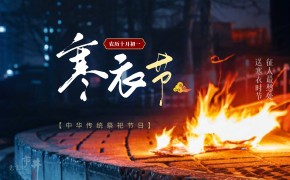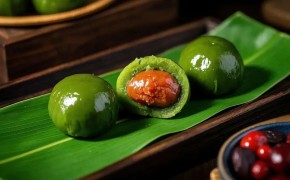Qixi Festival (pronounced chee-shee), also known as Chinese Valentine’s Day, is celebrated on the 7th day of the 7th lunar month (usually August).
Rooted in a 2,000-year-old legend, it uniquely blends celestial romance with tributes to human creativity, making it East Asia’s most poetic traditional holiday.
Origins: When Stars Inspired a Love Story
The festival originated from ancient worship of the stars Altair (牵牛星, Cowherd Star) and Vega (织女星, Weaver Maid Star). By the Han Dynasty (206 BC–220 AD), these stars were woven into China’s greatest love myth:
Niulang, a kind orphaned cowherd, met Zhinü, a celestial weaver who escaped heaven’s monotony. They married secretly but were separated by the Goddess of Heaven, who drew the Milky Way between them. Moved by their devotion, she permitted one annual reunion—a bridge of magpies forms each Qixi night so they can meet.
This tale transformed astronomical observation into a cultural symbol of loyalty and hope.
Traditions: Where Skill Meets Romance
Historically called “Begging for Skills Festival”(乞巧节), Qixi celebrated women’s creativity through rituals that evolved across dynasties:
1.Pleading for Ingenuity
Threading Needles (穿针乞巧):
Girls competed to thread needles fastest under moonlight, proving Zhinü blessed their dexterity.
Spider Divination (喜蛛应巧):
Spiders kept overnight in boxes; intricate webs signaled future weaving skills.
Needle Casting (投针验巧):
Needles floated on water—curved shadows meant “ingenuity obtained.”
2.Romantic Rituals
Stargazing:
Couples sought Altair and Vega, believing their proximity on Qixi amplified love’s energy.
Whisper Hunt:
Lovers hid under fruit vines to “hear” Niulang and Zhinü’s whispers—a test of romantic fortune.
Qiaoguo Treats (巧果):
Honey-glazed pastries shaped like flowers or magpies, shared as love tokens.
3.Regional Highlights
Jiangsu’s Incense Bridges:
Communities built fragrant “magpie bridges” from incense sticks, burned at night to unite the stars.
Guangdong’s Qiniang Worship (拜七姐):
Women crafted intricate rice sculptures to honor Zhinü’s weaving genius.
Modern Meaning: Beyond “China’s Valentine’s”
While Qixi is now marketed as a romantic holiday, its cultural DNA runs deeper:
- •UNESCO Recognition: Listed as China’s Intangible Cultural Heritage in 2006, with regional customs (e.g., Gansu’s needlework rituals) protected nationally.
- •Feminist Roots: Revived “Daughters’ Festival” events empower women through textile arts and poetry contests.
- •Global Echoes: Japan’s Tanabata(wish-tied bamboo branches) and Vietnam’s Thất Tịchreflect shared East Asian heritage.
“Love, stretched across light-years, endures beyond time.”
— Modern interpretation of Qin Guan’s verse “True love need not cling to day and night.”
Why Qixi Resonates Today
Unlike Western Valentine’s Day, Qixi intertwines three timeless values:
1.Perseverance in Love: Niulang and Zhinü’s annual wait teaches that devotion outlasts separation.
2.Creativity as Worship: “Begging for skills” links self-improvement to spiritual practice.
3.Cosmic Harmony: Stargazing reminds us that human stories are part of a grander universe.





















There are no comments yet, come and comment~